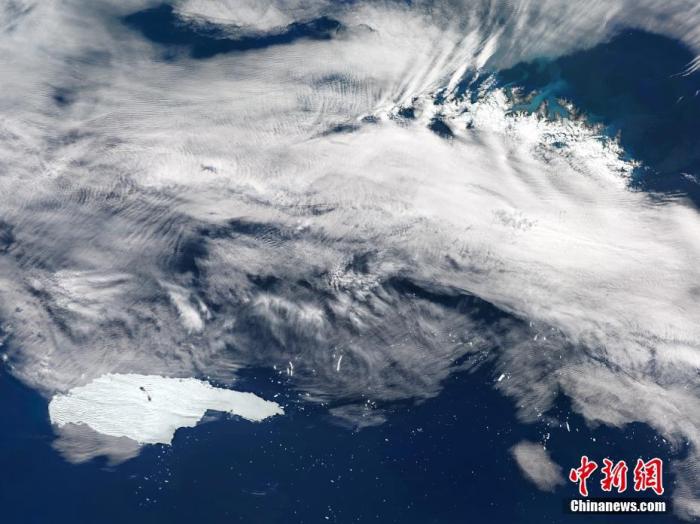China News Service, April 29. According to Agence France-Presse, a research report published in the Science Journal of Nature on April 28 shows that almost all glaciers in the world are melting at an accelerated rate.
On April 21, the BBC reported that the "world's largest iceberg" code-named A68 near Antarctica has melted and decomposed into many small icebergs.
The picture shows local time on December 2, 2020, South Georgia, the world's largest iceberg A68a is drifting to South Georgia.
Image source: Visual China
According to reports, an international research team observed for the first time about 220,000 glaciers around the world (excluding Greenland and the Antarctic ice sheet) to assess the amount and rate of glacier melting over the past two decades.
This study analyzed images taken by NASA's Terra satellite.
The study found that between 2000 and 2019, global glaciers melted an average of 267 billion tons of ice each year.
The research team also found that during this period, the rate of glacier melting increased dramatically.
Between 2000 and 2004, about 227 billion tons of ice melted from glaciers each year; but between 2015 and 2019, an average of 298 billion tons of ice melted each year.
Studies have shown that the fastest melting glaciers are located in Alaska and the Alps in the United States.
The researcher said that 21% of the sea level rise during the study period was due to the melting of glaciers.
In addition, the study also found that between 2000 and 2019, the melting rate of glaciers on the east coast of Greenland, Iceland and Scandinavia actually slowed down.
This is because under the influence of the North Atlantic weather, the area has increased precipitation and decreased temperature, which slowed the loss of ice.

